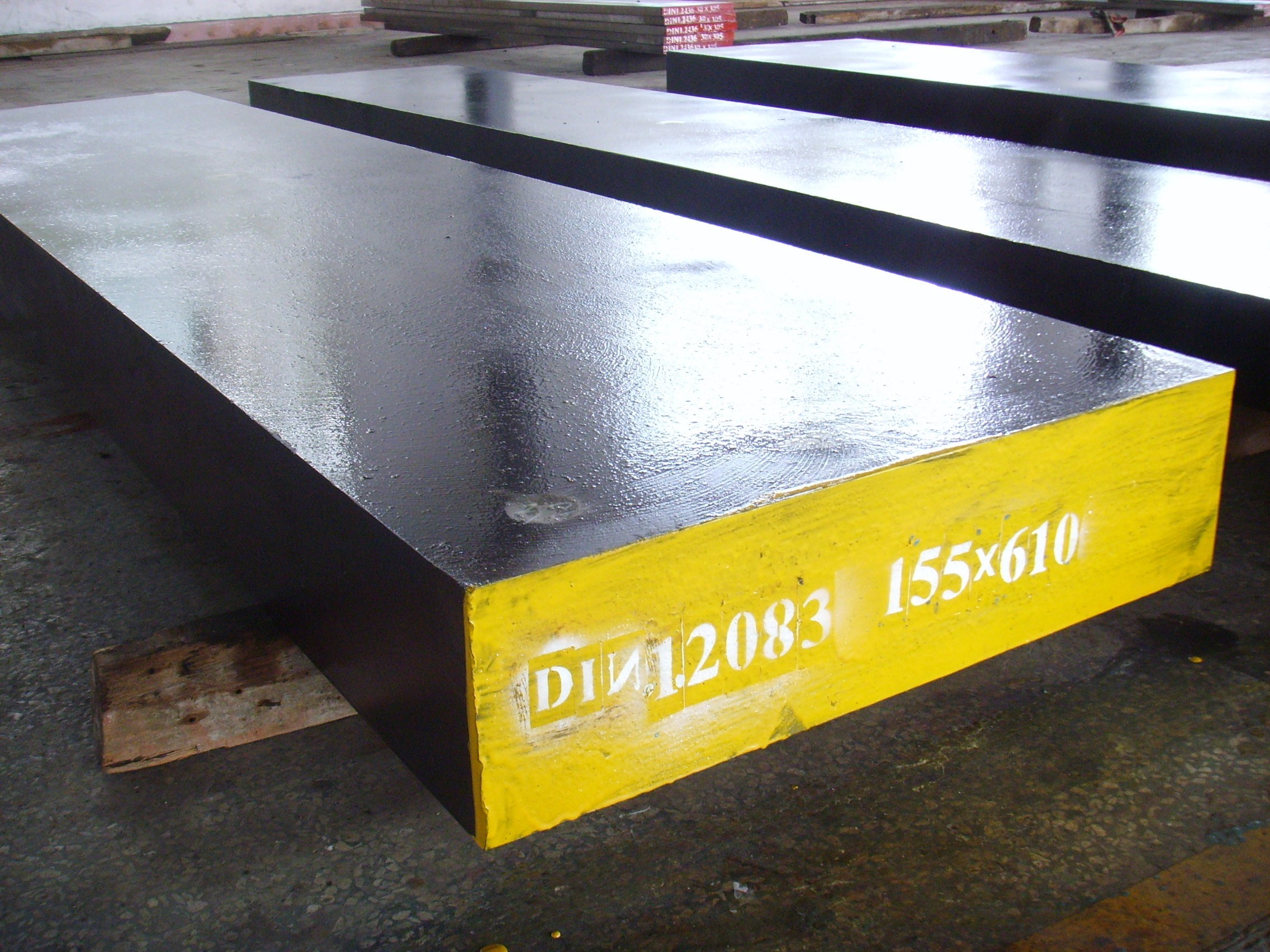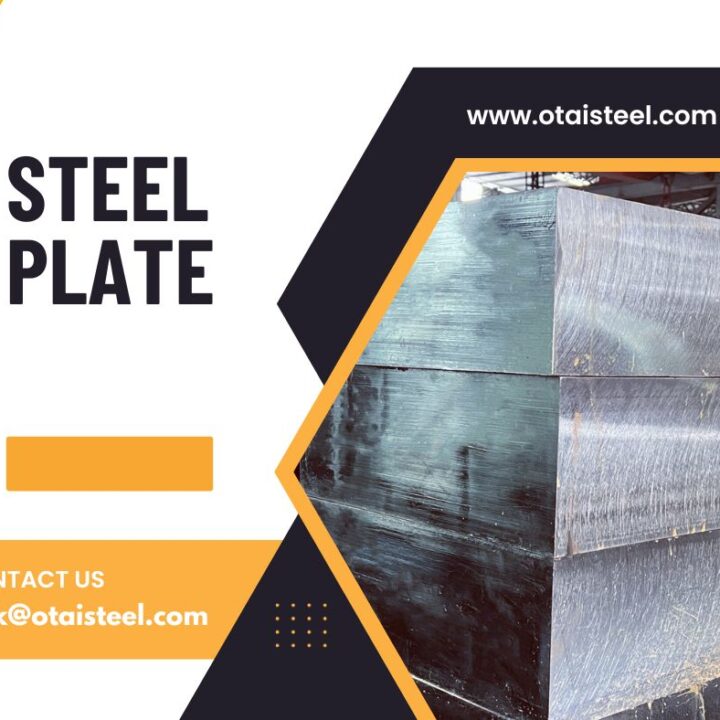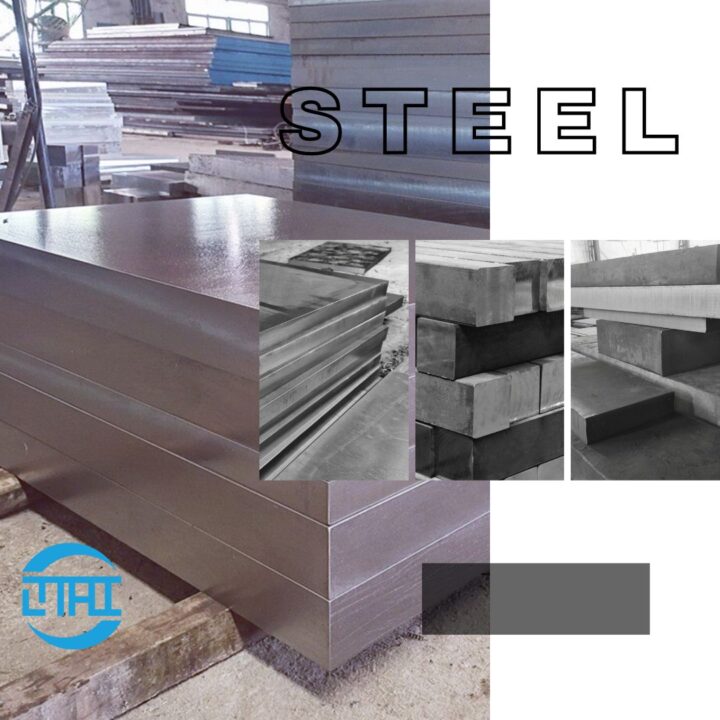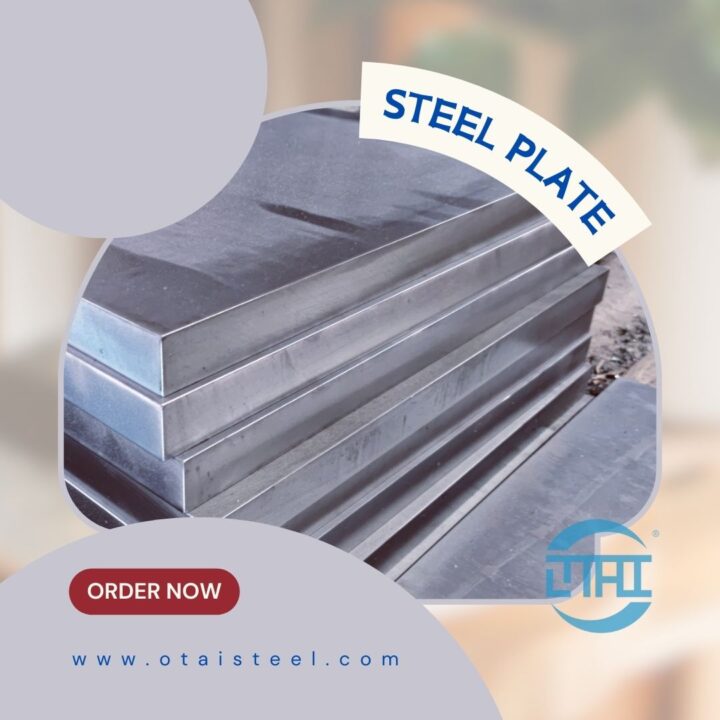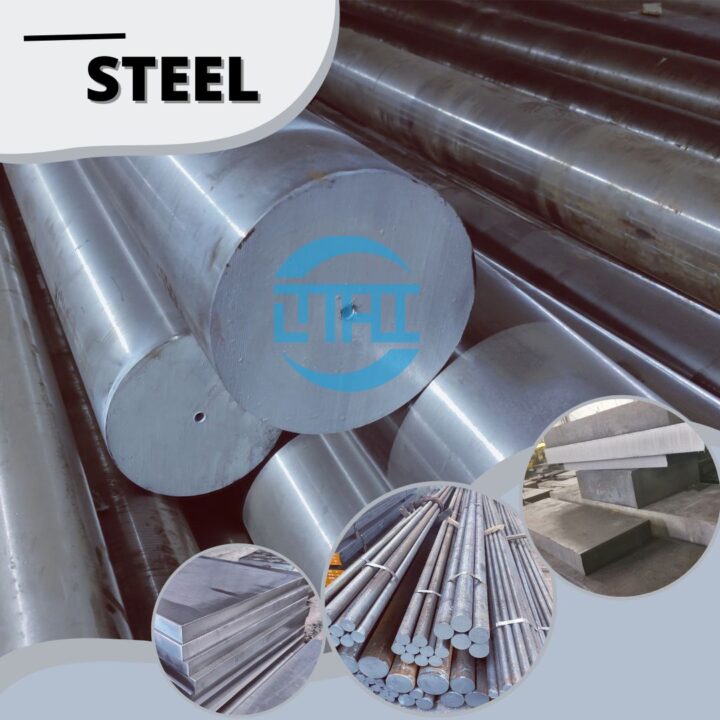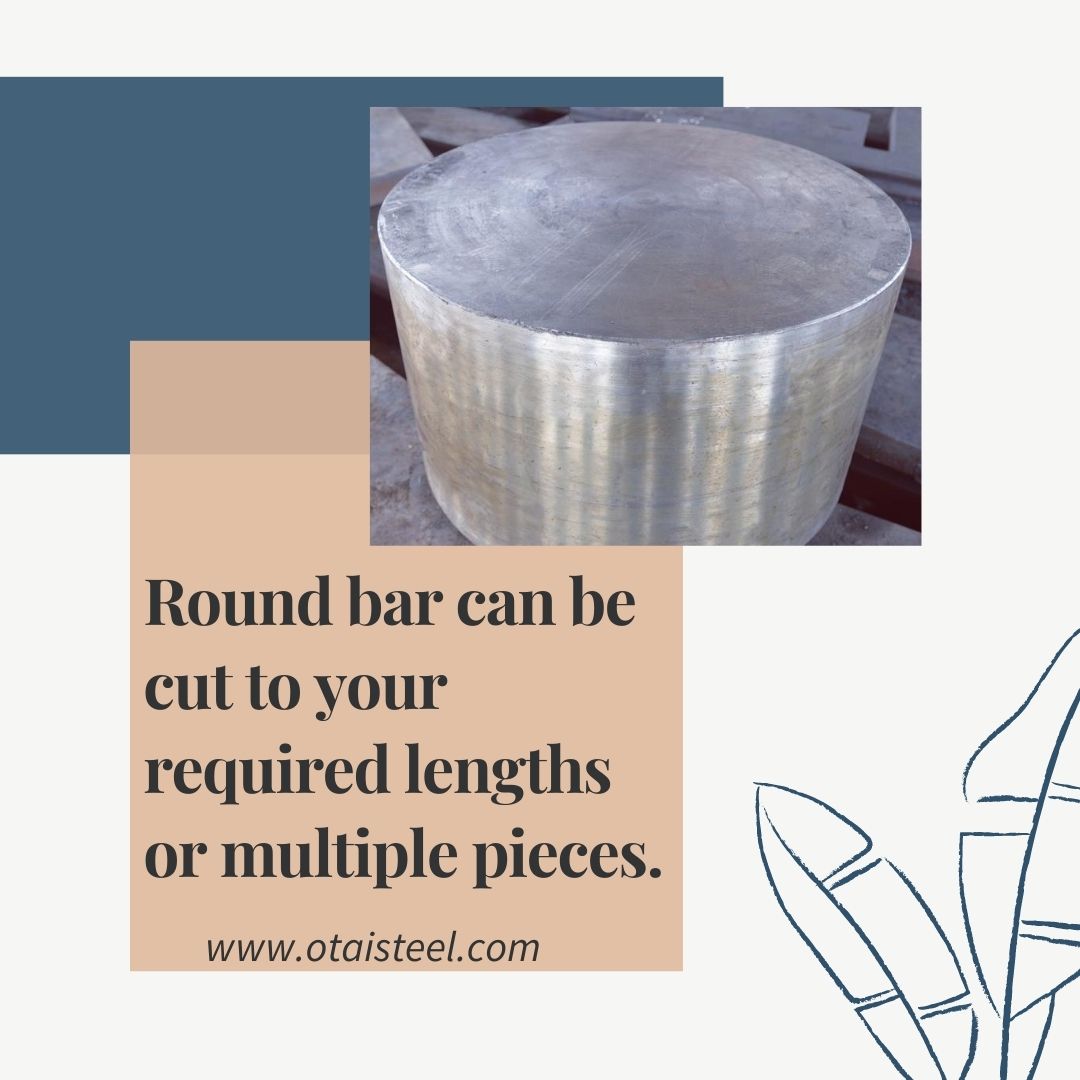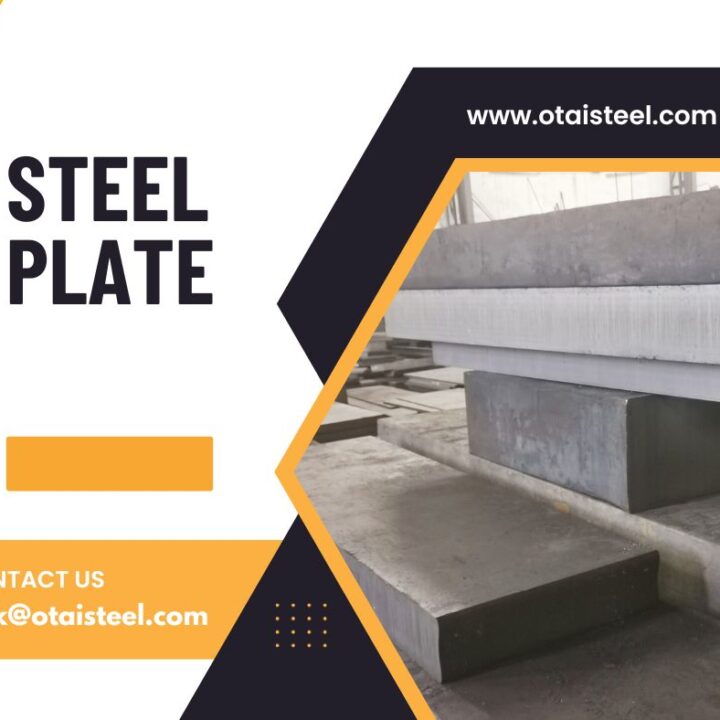4340 steel is a nickel-chromium-molybdenum alloy steel that offers high strength, toughness, and fatigue resistance. It finds applications in industries such as aerospace, automotive, oil and gas, and machinery. However, its corrosion resistance properties require careful consideration. (properties of 4340 steel)
Corrosion Mechanisms
Corrosion is a complex electrochemical process involving the deterioration of a metal due to chemical reactions with its surrounding environment. The corrosion mechanisms that affect 4340 steel include:
- Uniform corrosion: A general attack on the surface of the steel, resulting in a gradual loss of material.
- Pitting corrosion: Localized corrosion that forms small pits on the surface, leading to localized structural damage.
- Stress corrosion cracking: The combined action of tensile stress and a corrosive environment, resulting in cracks and failure of the material.
Corrosion Resistance of 4340 Steel
4340 steel is not inherently corrosion-resistant, particularly in aggressive environments such as marine or high-humidity conditions. Its composition and microstructure make it susceptible to corrosion. However, the corrosion resistance can be improved through appropriate protective measures.
Protective Measures for Corrosion Prevention
- Coatings and Surface Treatments
Applying coatings or surface treatments to 4340 steel can significantly enhance its corrosion resistance. Some commonly used protective measures include:
- Zinc or zinc-nickel electroplating: Provides sacrificial protection by acting as a barrier and preventing direct contact between the steel and the corrosive environment.
- Chromate conversion coatings: Form a protective layer on the steel surface, offering corrosion resistance and improved adhesion for subsequent coatings.
- Phosphate coatings: Enhance the surface properties of the steel and provide a good base for paints or other organic coatings.
Cathodic Protection
Cathodic protection is an electrochemical method used to protect metals from corrosion. It involves making the steel a cathode by connecting it to a sacrificial anode or using impressed current systems. Cathodic protection is effective in mitigating corrosion in environments where coatings or surface treatments may be damaged or compromised.
Environmental Considerations
The choice of protective measures for 4340 steel should consider the specific environmental conditions it will be exposed to. Factors such as temperature, humidity, pH level, and the presence of corrosive substances should be taken into account. Consulting with corrosion specialists and conducting thorough environmental assessments is recommended.
4340 steel offers excellent mechanical properties but requires suitable protective measures to enhance its corrosion resistance. Coatings, surface treatments, and cathodic protection methods are effective in mitigating corrosion and extending the service life of 4340 steel components. Careful consideration of environmental factors is essential for selecting the most appropriate protective measures. (properties of 4340 steel)
